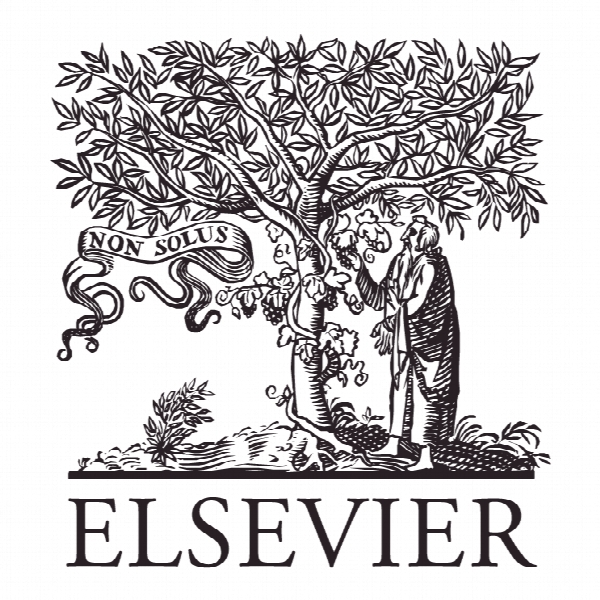AIRMS: ابزار مدیریت ریسک با استفاده از یادگیری ماشین Airms: A Risk Management Tool Using Machine Learning
- نوع فایل : کتاب
- زبان : انگلیسی
- ناشر : Elsevier
- چاپ و سال / کشور: 2018
توضیحات
رشته های مرتبط مدیریت، مهندسی کامپیوتر
گرایش های مرتبط مدیریت فناوری اطلاعات، هوش مصنوعی
مجله سیستم های متخصص با نرم افزار – Expert Systems With Applications
دانشگاه School of Civil Engineering – National Technical University of Athens – Greece
شناسه دیجیتال – doi https://doi.org/10.1016/j.eswa.2018.03.044
منتشر شده در نشریه الزویر
کلمات کلیدی انگلیسی Deep learning; decision trees; trading strategies; risk management; modified renko bars; profitable portfolio
گرایش های مرتبط مدیریت فناوری اطلاعات، هوش مصنوعی
مجله سیستم های متخصص با نرم افزار – Expert Systems With Applications
دانشگاه School of Civil Engineering – National Technical University of Athens – Greece
شناسه دیجیتال – doi https://doi.org/10.1016/j.eswa.2018.03.044
منتشر شده در نشریه الزویر
کلمات کلیدی انگلیسی Deep learning; decision trees; trading strategies; risk management; modified renko bars; profitable portfolio
Description
1. INTRODUCTION The first priority of investors is to construct a portfolio that could provide them with the highest possible return of the initial capital, especially now that the interests and safety that banks, used to offer, no longer exist. Selecting a portfolio is not a simple but rather a complicated procedure since there are thousands of portfolios in the market that an investor could choose. Apart from the arithmetic average return of the portfolio, the standard deviation of its returns is a major importance factor that an investor should consider in order to access the quality of a portfolio. The standard deviation is a crucial parameter, which affects significantly an important metric of a portfolio such sharpe ratio. If two portfolios have the same arithmetic average, the portfolio with the highest standard deviation will result in a lower sharpe ratio. The highest standard deviation a portfolio has, the riskier it is. As Markowitz (1952) assumed in his Modern Portfolio Theory, investors are risk-averse, meaning that between two portfolios having the same expected return investors would choose the one with the lower risk. An investor would accept increased risk, only if counterbalanced by higher expected return. During the last two decades, a trending field of study is the application of artificial intelligent (AI) techniques in finance trying to generate profits mainly by forecasting the future movement of the market. Kimoto et al. (1990) used backpropagation neural networks to predict the price of Tokyo Stocks and then determining buying and selling points. A noteworthy result of this study is that it succeeded prediction with very high accuracy. Refenes et al. (1994) used neural networks to develop a model based on arbitrage pricing theory in order to forecast the stock ranking. The application of the neural networks achieved better performance compared to the classical statistical techniques in terms of accuracy. Chen et al. (2003) modeled the market index of Taiwan Stock Exchange trying to predict its future direction. They concluded that the investment strategies based on the probabilistic neural networks succeeded to outperform other common strategies such as the buy-and-hold one. Wu et al. (2006) used the decision tree algorithm to trade stocks based on filter rules. Applying this approach to Taiwan and NASDAQ stock markets, the authors succeeded better performance compared to the results of the filter rules approach itself. Choudhry and Garg (2008) provided a combined approach of support vector machine (SVM) with genetic algorithms (GA) for predicting stocks‟ future direction. GA was used for selecting the input features, which contained technical indicators and correlation metrics within the stocks.


